[ad_1]
Peas are one of many in model greens in dwelling gardens. After I began gardening as an grownup, every member of my family and every good pal grew hordes of peas. However I struggled with it – I failed 12 months after 12 months. Now, I like rising peas, nonetheless I am keenly acutely aware of how the spring local weather in my nook of the world can radically affect the crop.
I keep in Pennsylvania, the place chilly spring rains can saturate the soil and decay the peas planted there. Stunning chilly temperatures can sluggish improvement to just about nothing. In numerous years, it’s instantly summer season in April, which burns the pea leaves, and the peas themselves are underdeveloped, strong, and chewy.
On occasion, now we now have a kind of fantastic springs, with merely enough rain and delicate temps, and the pea crop is marvelous. I found that whereas peas crave loads of daylight, they abhor heat. Plant them early in well-drained soil and offers them just a bit shelter from the afternoon photo voltaic, and it is best to have an sincere crop. I select consuming them up to date off the vine as soon as they’re tender and sweet. Others want to jar, can, dry, or freeze them. I suppose it’s dependent upon what number of people in your loved ones actually eat peas. In my dwelling, it’s merely me. As far as I’m concerned, the rest of the family doesn’t know what they’re missing.
Satisfying fact: Have you learnt that pea vines are moreover edible? Steam or sautee the tender shoot options.
Forms of peas – which to resolve on?
Peas are a cool-weather crop and one in every of many first greens grown throughout the yard yearly. Like beans, every gardener has their favorite choice, and there are quite a few kinds to pick from. Chances are you’ll base your various in your native local weather, the world you develop them in, or, in reality, the flavour and texture.
Shelling peas are, as a result of the determine suggests, meant to be shelled, and solely the peas inside are eaten. These are largely known as yard peas or English peas. Shelling peas may be clear or wrinkled. The sleek varieties are best for early sowings and are hardier; wrinkled peas are sweeter and are best sown in late spring or summer season. There are moreover snap peas (aka sugar snap peas), snow peas, and completely different varieties. Pea pods may be inexperienced, yellow, or purple, and the crops may be tall, medium, or dwarf and mature at completely completely different events of the season.
Nearly all pea varieties for the home yard are open-pollinated (OP). Which means it might probably prevent your completely mature peas to plant subsequent season, nonetheless make sure you retailer your peas appropriately. Most sorts of peas develop on a vine that reaches about 5 toes, so I counsel rising them on a trellis in an house sheltered from extreme winds. There are moreover bush varieties that mature faster, nonetheless their crops appear all of the sudden, making them a superb various for canning or freezing. You can also choose varieties by the number of pea pods, measurement of pods, days to maturity, and stringed or stringless pods (some varieties are supposed for consuming pod-and-all). You can also choose by varieties proof against certain illnesses, like semi-leafless varieties, which may help administration powdery mildew.
Satisfying fact: Black Eyed Peas aren’t peas nonetheless beans.
How, when and the place to plant peas
I struggled with discovering the becoming place on my property to plant peas. At events, my yard beds grew to turn into saturated with spring rain, which rotted the peas sooner than they germinated. Totally different events, extreme winds turned the pea trellis proper right into a sail and yanked the crops out of the underside. Lastly, I planted them on a trellis in my perennial yard on the east side of my house, the place they get a substantial amount of morning and midday delicate and some shelter from late afternoon photo voltaic and extreme winds. Now, I get an sincere crop yearly. Gardening may very well be one giant experiment at events.
Peas are cool-weather greens, which suggests you plant them throughout the same time as Kale or Broccoli. They’re frost tolerant, to permit them to take chilly temperatures nonetheless not freezing temperatures. Cowl seedlings in a single day with a milk jug to protect them from a late frost.
Be aware of the soil
For peas, it actually is all regarding the soil. Too moist, they gained’t develop. Too dry, they gained’t develop. So be sure that your soil, irrespective of form, drains correctly. I ended up planting mine on a fragile slope to guarantee that heavy rains run off and don’t drown the roots. A few weeks sooner than planting, work about two inches of compost into the world the place they’ll be planted. This not solely feeds the peas however moreover helps with water retention when you’ve got a dry spring.
When to plant peas
Plant peas 4-6 weeks BEFORE your remaining frost date, as shortly as a result of the soil may very well be labored. Seedlings typically emerge in 7-10 days. Nevertheless – and this generally is a important degree – peas will rot in saturated soil. So when you’ve got notably moist springs like I do (it’s been raining cats and canines for 2 days straight as I write this in early April), ponder starting your peas indoors and plant seedlings instead like I do. Then I observe that up with seeds every 2 weeks into May. Nevertheless take care to protect your seedlings from rabbits – put a small fence throughout the seedlings.
Vining varieties have to be planted straight alongside your trellis:
- Decrease a small trench about one inch deep alongside the dimensions of the trellis.
- Plant your peas about three inches apart.
- Fill loosely with the an identical soil you away from the ditch.
- As a result of the seedlings emerge, they may need just a bit help attaching to or reaching the trellis – tie string to the underside of the trellis so the vine’s tendrils can merely seize it and make their strategy up the trellis.
Bush kinds have to be planted in rows 12-18 inches in depth, allowing the crops to assist each other. In each case, stagger your plantings per week apart so you’ll have a unbroken present of peas until the local weather will get too scorching for them. Chances are you’ll plant one different crop late in summer season for a fall harvest. Optimum rising temperatures are between 55 and 65 ranges Fahrenheit.
Pea rising options
- Peas don’t require nitrogen fertilizers. They are a type of plant known as a nitrogen fixer, which suggests they get the entire nitrogen they need from the air in tandem with soil micro organism. As soon as they die and decay, they add nitrogen once more into the soil, so permit them to put within the occasion that they’re disease-free, or add them to your compost pile. Together with nitrogen fertilizer will set off an extreme quantity of leaf improvement, delay flowering, and in the reduction of the peas’ measurement. What they do need is phosphorous and potassium. Most soils throughout the U.S. embody sufficient parts of every, in order that you probably gained’t should fertilize previous together with some compost. For those who want to confirm the nutritional vitamins in your soil, get a soil check out.
- Peas need water, nonetheless not an extreme quantity of. In case you’ve got a moist spring, you probably gained’t should water the least bit. All through dry durations, keep them well-watered nonetheless not muddy. Add one inch of water per week throughout the absence of rainfall.
- Peas revenue from mulching with straw or pesticide-free grass clippings to chop again weeds and keep water throughout the soil.
- Weeds are usually not a difficulty spherical peas, as a result of the vines shade out most competing improvement. Nevertheless make sure you start with a weed-free flooring and gently cultivate throughout the peas if essential —their roots are very delicate.
When to reap peas
Most peas take 50-70 days to mature. It might be robust to know when a pea is good for harvesting and much depends upon your non-public selection or the final phrase perform – consuming them up to date or storage. As quickly because the pods start to mature (you probably can see the peas inside), look at them every day and sample as you go. The peas or pods have to be delicate and sweet to the model, not chewy. Nevertheless a phrase of warning – days matter. Two to three days in each path and the pea is each immature or strong and chewy. As a rule of thumb, a mature pea is barely larger than the pea you planted. For Snow Peas, wait until the pods are the proper measurement as described on the seed packet. The peas inside have to be tiny and solely barely seen.
Harvest Snap Peas sooner than the pods are completely mature, about 5-8 days after flowering. Seek for full-size pods with small seeds and crisp flesh (they should “snap”). Snap peas may very well be harvested continuously for 3-4 weeks.
Harvest Yard Peas when the seeds are plump, roughly 18-21 days after flowering. Shell the peas and eat them immediately for the proper style.
Harvest Dry Peas when the pods are completely mature and starting to dry. Pull the crops up and lay them throughout the yard for 5-7 days (local weather permitting). As quickly because the crops are completely dry, resolve the pods, shell the seeds, and put them in a bowl or flat flooring to dry further.
Peas keep their style for a few week throughout the fridge.
If the plant is free of insect and/or sickness pests, the plant may be scale back down at flooring diploma. Go away the roots throughout the flooring. Peas, like completely different legumes, restore nitrogen from the air and retailer it of their roots. Leaving the roots throughout the flooring will keep that worthwhile fertilizer there, making it obtainable for the next crop.
Pea pests and illnesses
In my experience, the biggest disadvantage for peas is Powdery Mildew, which quickly wipes out the crop. That’s notably frequent when the spring may very well be very moist, which evokes fungal improvement. Powdery Mildew appears as white, powdery-looking improvement on the plant and may appear in a short while. If it does, take away the whole plant from the yard and put it throughout the trash – do not compost. To cease powdery mildew, develop resistant varieties or use a licensed pure powdery mildew remedy BEFORE indicators occur.
White mould is one different frequent disadvantage for peas. This appears as fluffy, white fungal improvement that causes your complete leaves on the stem to die. As with powdery mildew, there is not a remedy for white mould, and the plant should be disposed of. To help steer clear of fungal improvement of each kind in peas, focus watering on the inspiration zone of the plant and try to not get the leaves moist. Moist leaves encourage fungal improvement.
Totally different molds and illnesses of peas embody Brown Spot, Fusarium Root Rot, and Gray Mould.
Insect pests
Aphids and cutworms are the most common insect pests of peas. Aphids are soft-bodied bugs that make their presence well-known: you’ll see large a lot of them on the plant, forsaking their “honeydew,” which causes sticky leaves, leaf discoloration, and curling leaves. Aphids are inexperienced or yellow and may very well be knocked off the plant with a jet of water. They could even be managed with insecticidal cleansing cleaning soap.
Cutworms do as their determine suggests—they curl their our our bodies throughout the bottom of the stem and feed on it, chopping the stem off merely above soil diploma. Cutworms aren’t worms; they’re the caterpillar stage of quite a few species of moths.
Leafminers create white splotches on the leaves, which die and drop from the vine. In case you uncover leafminers, pull out the whole plant, along with the roots, and trash it.
Mexican Bean Beetles feed on the underside of leaves, which causes the best of the leaf to dry out. Brush the beetles off collectively together with your hand and administration them with an insecticidal cleansing cleaning soap.
Most insect pests of peas may very well be knocked once more with diatomaceous earth, an pure insecticide.
We yard in Pennsylvania, United States, zone 6B. Loads of the knowledge we share is based on gardening in our temperate house. Nevertheless a lot of the flowers, greens, and fruit we write about may very well be grown in soil other than ours (clay) and significantly completely completely different local weather conditions and elevations. Chances are you’ll need to resolve on specific varieties to your space, modify your yard, add soil amendments, or alter the soil pH to match our outcomes. Please look at your native school extension web page for specifics to your house.
Sources: Rising Peas In Dwelling Gardens, Faculty Of Minnesota Extension; How To Develop Peas, Royal Horticultural Society, How To Develop Peas in Your Yard, Utah State Faculty Yard and Yard Extension; A Gardeners Data To Peas, Penn State Extension.
[ad_2]
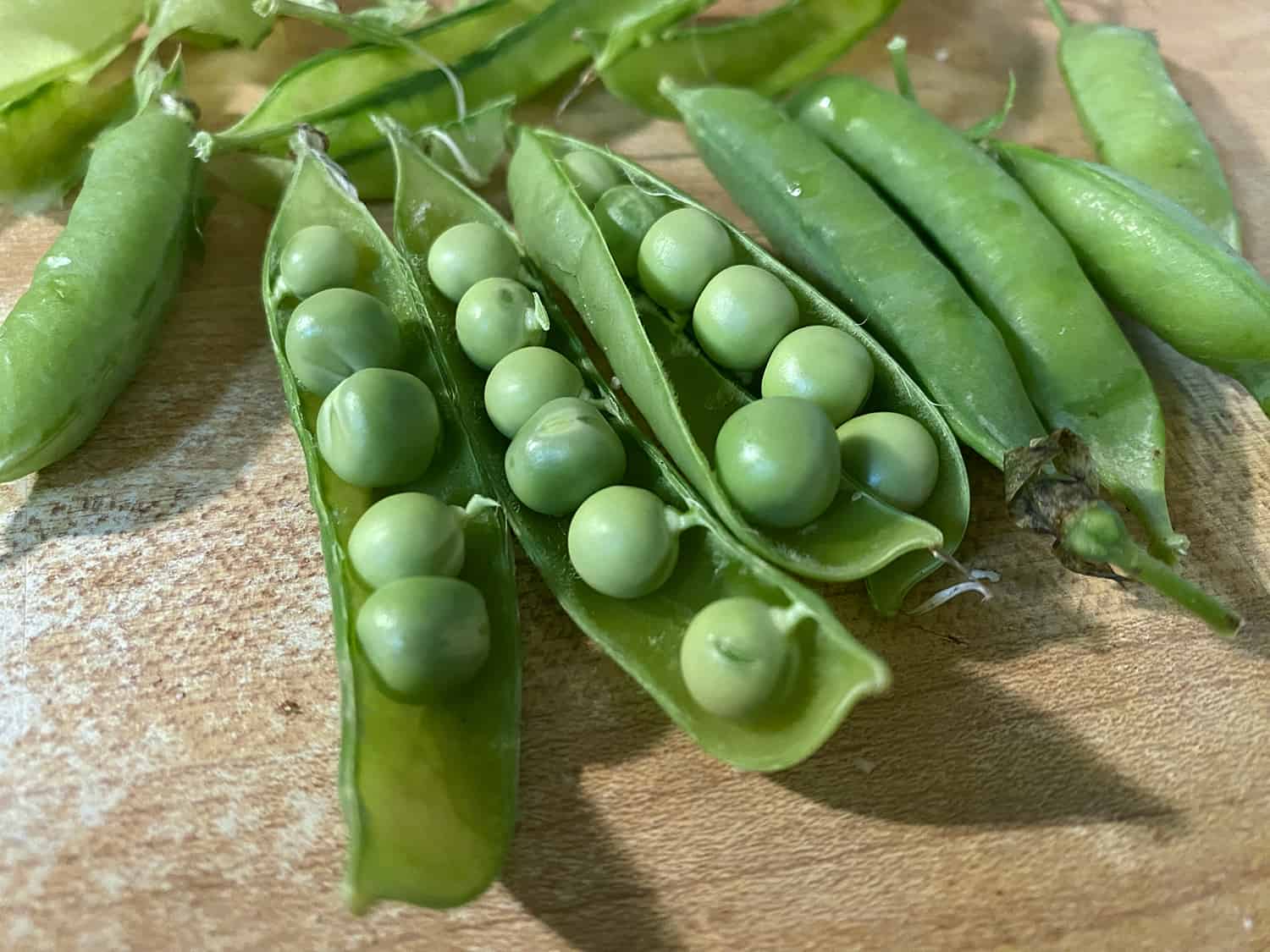
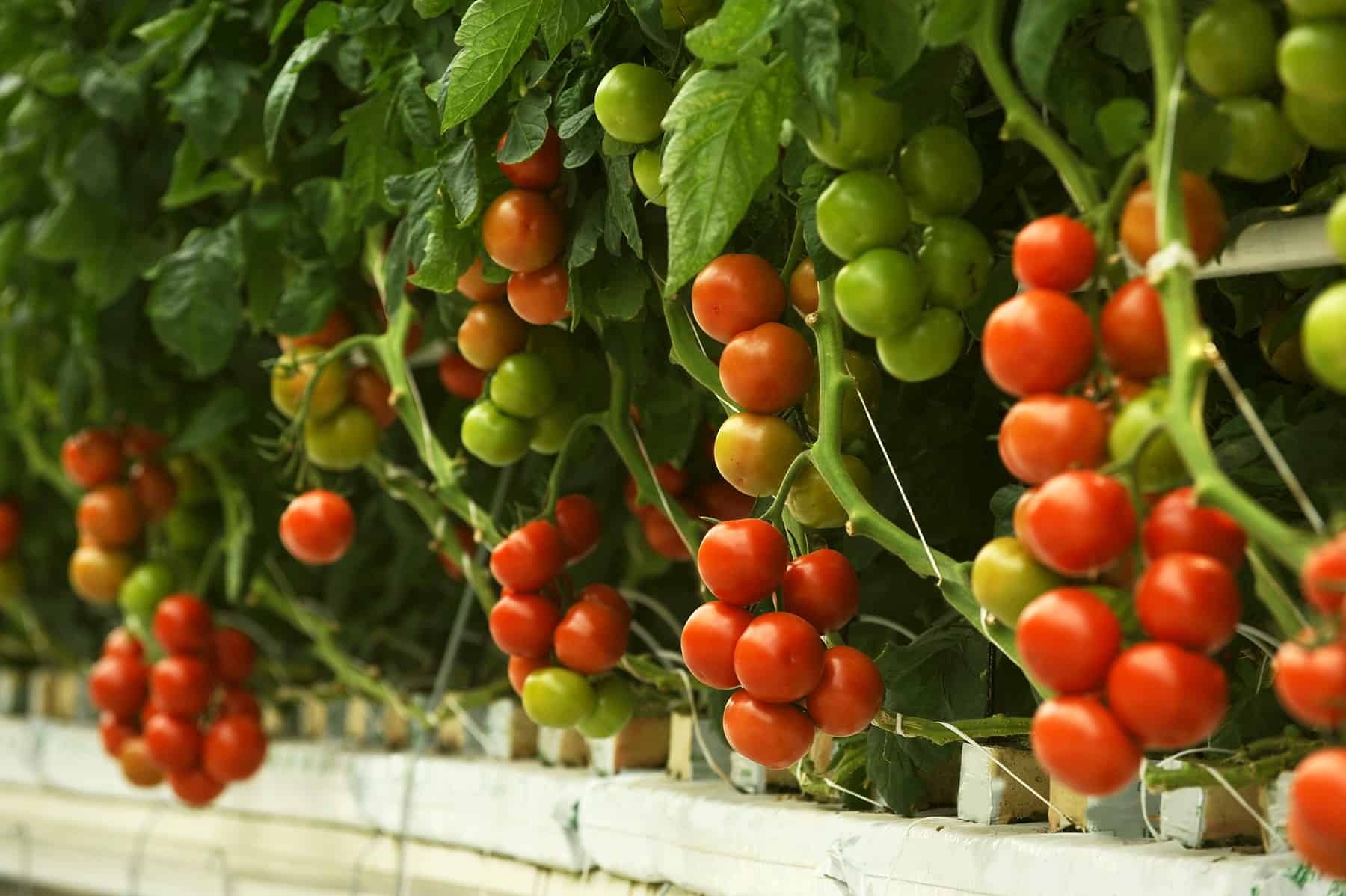
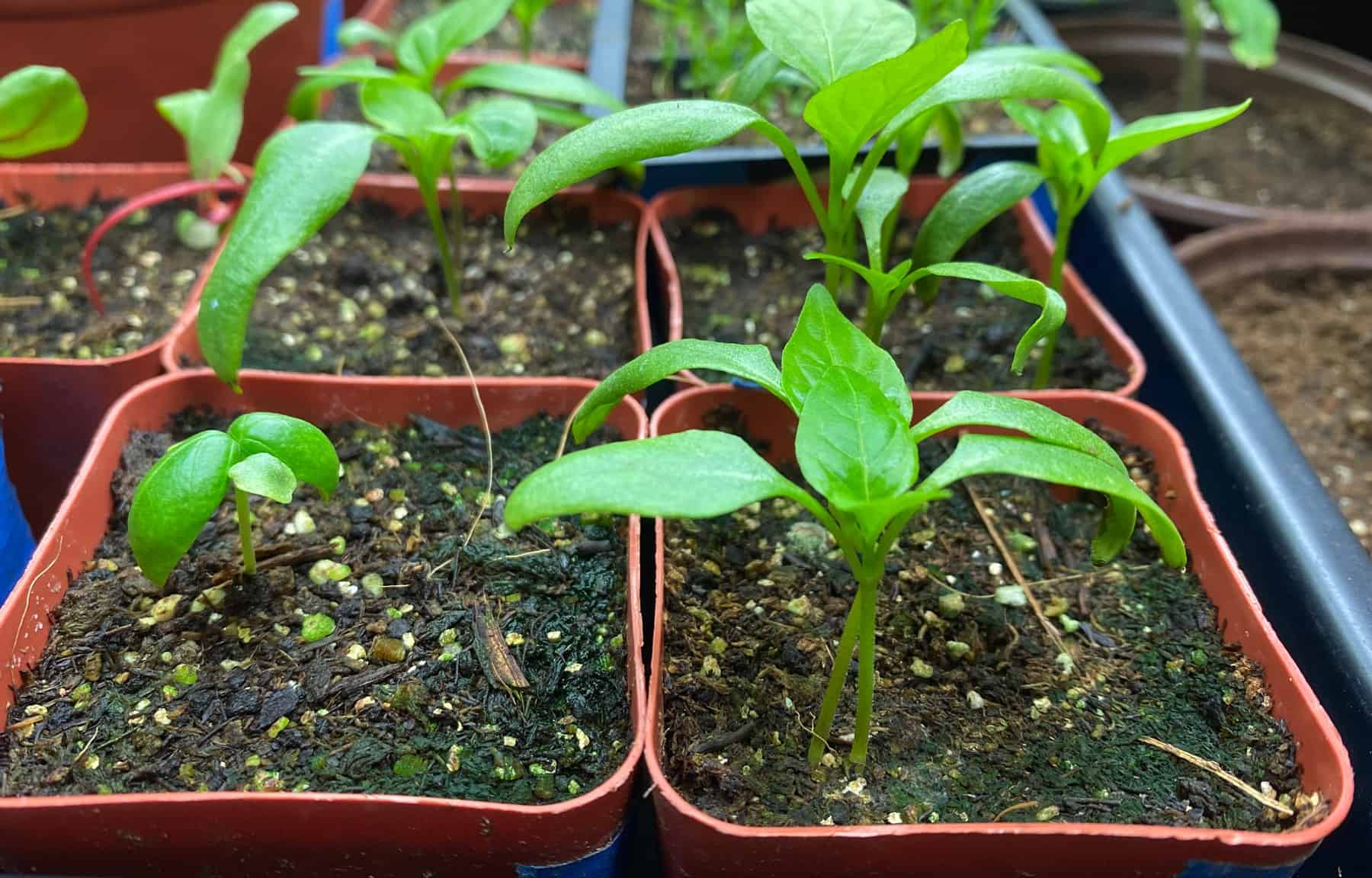
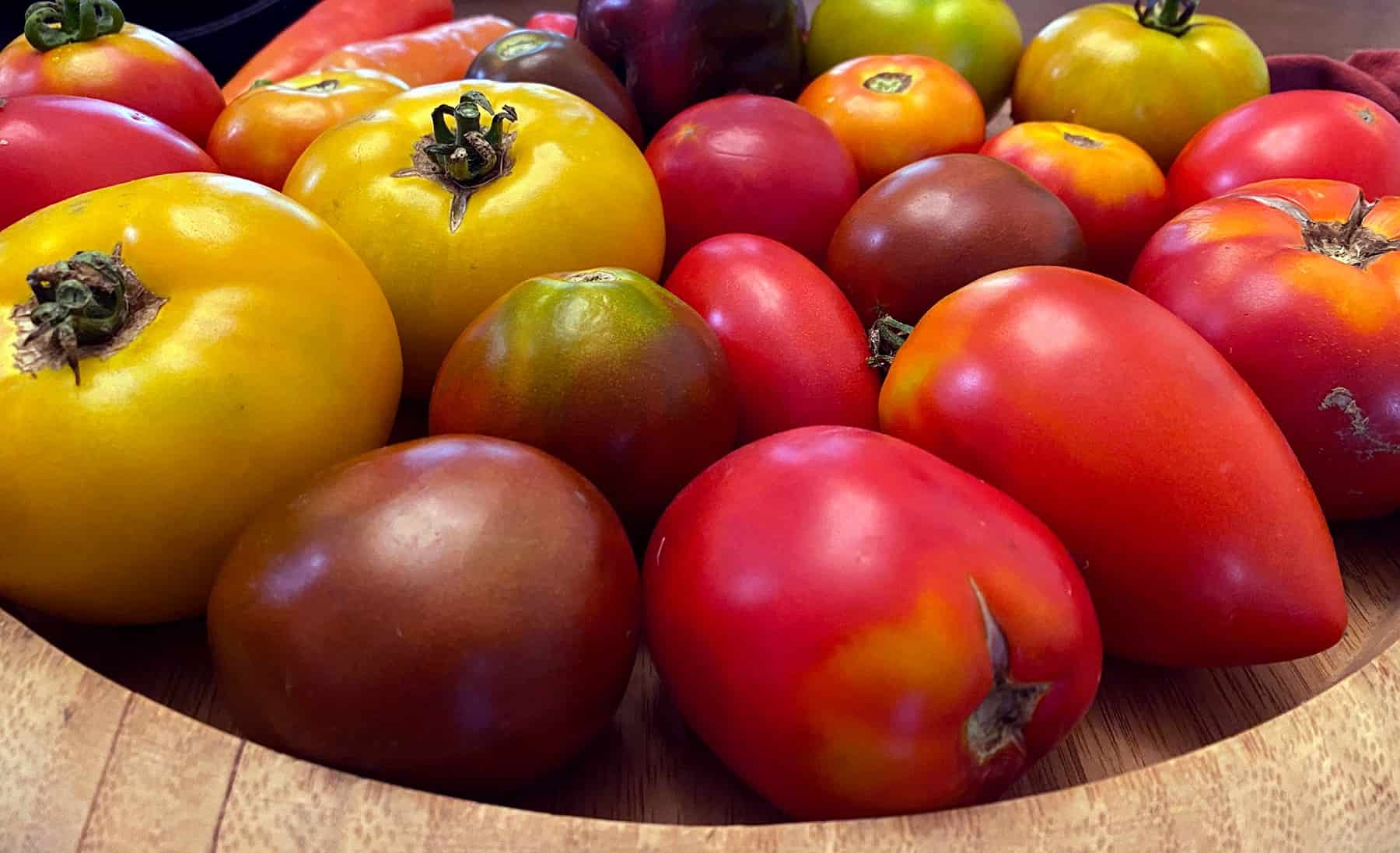
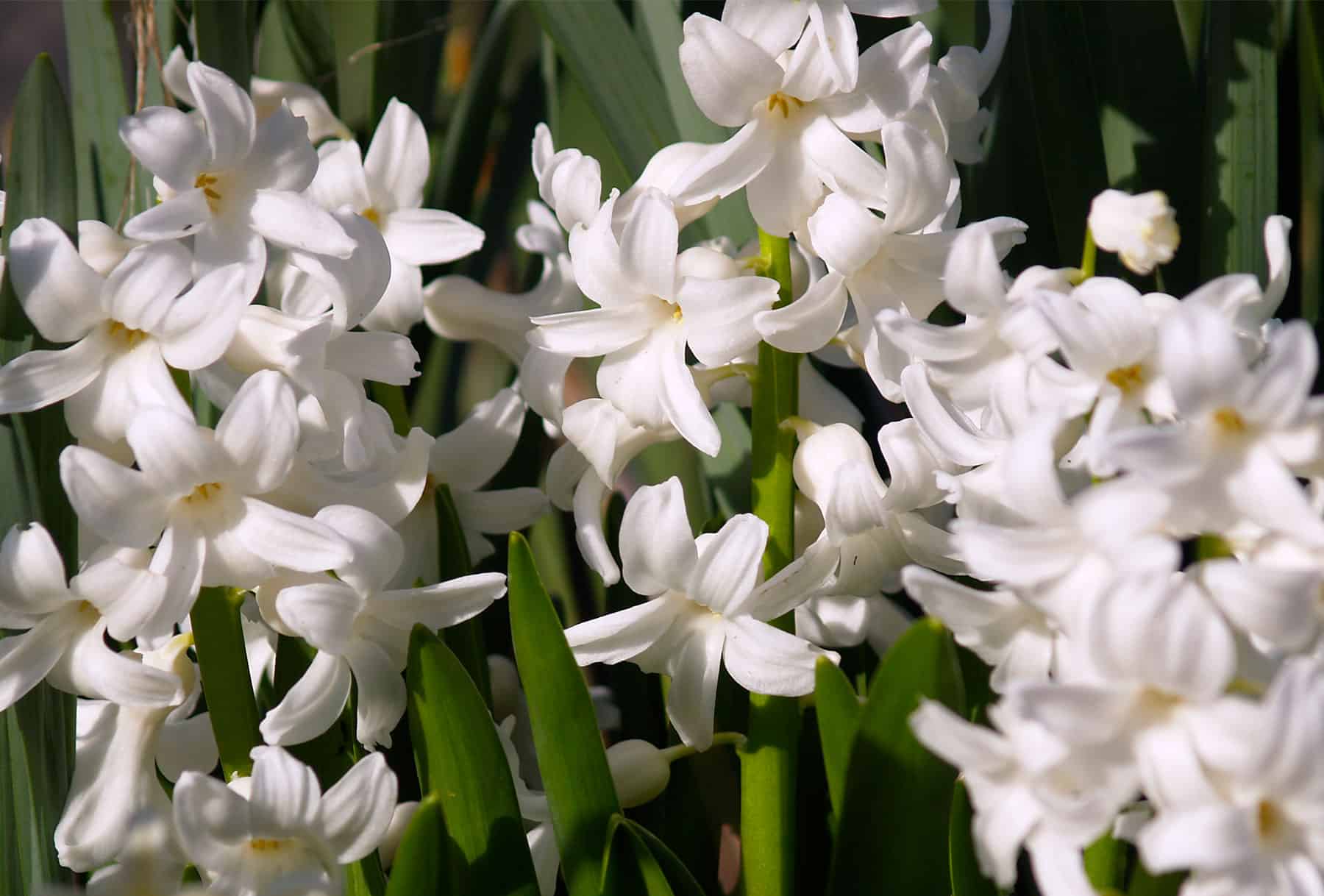
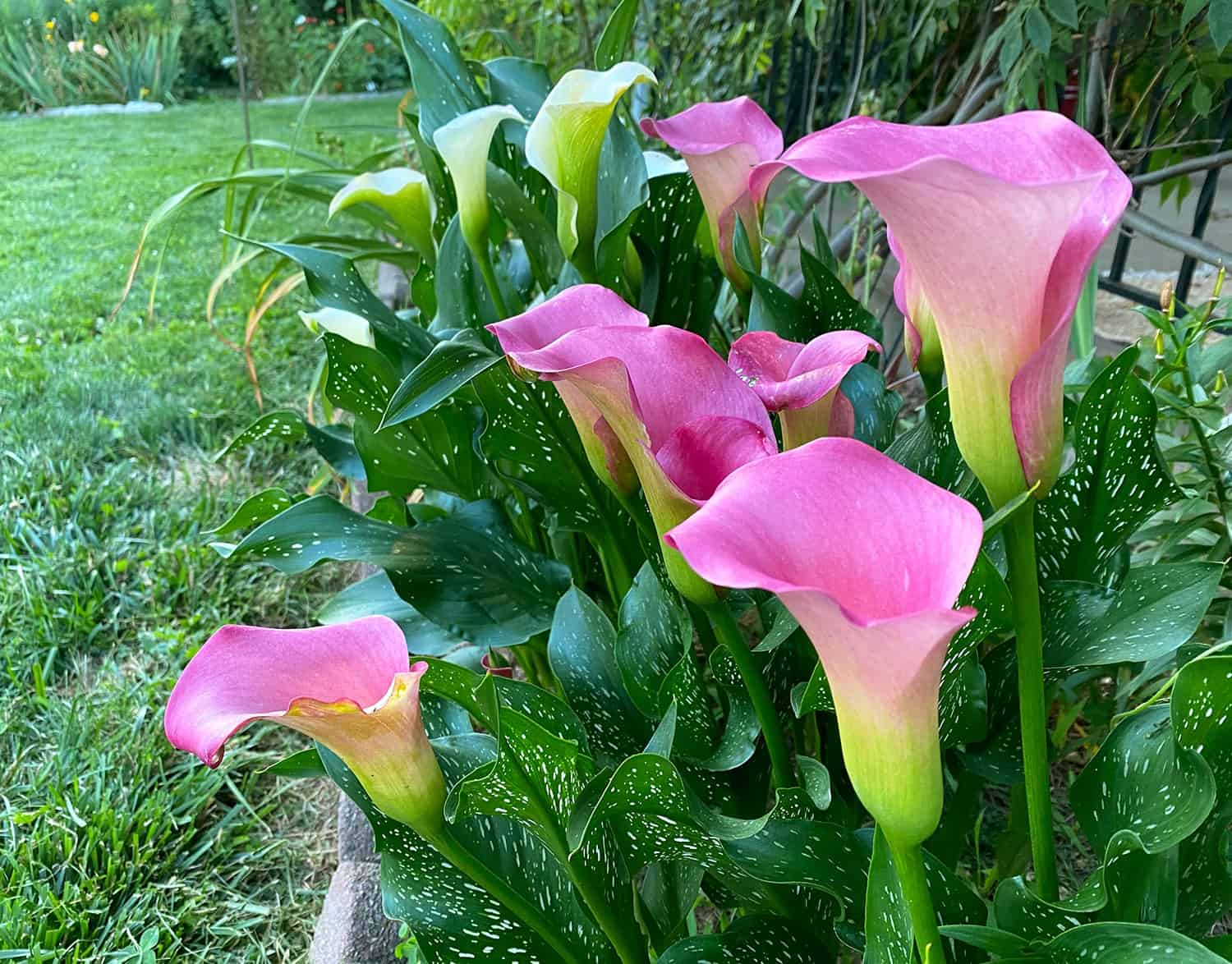
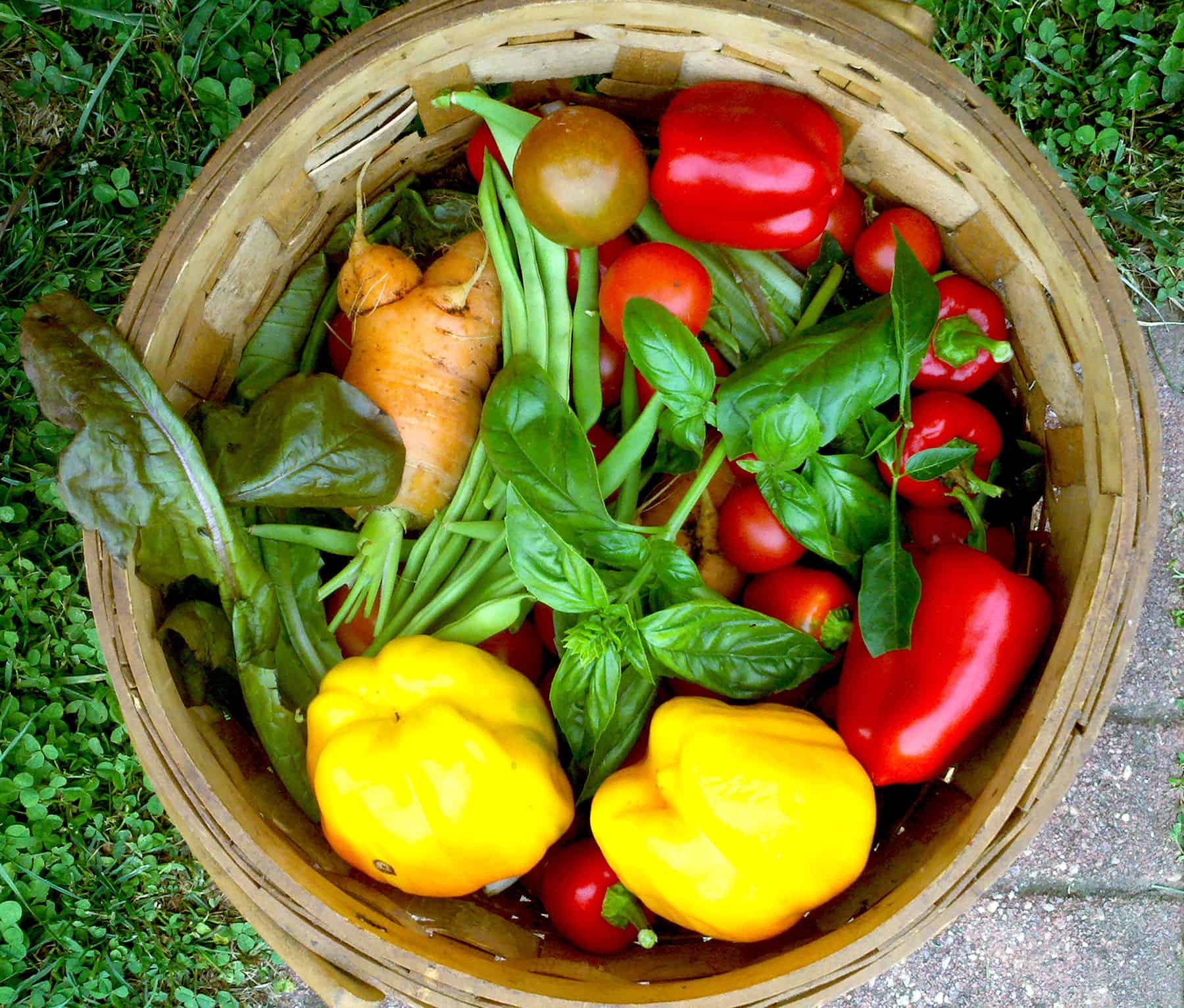
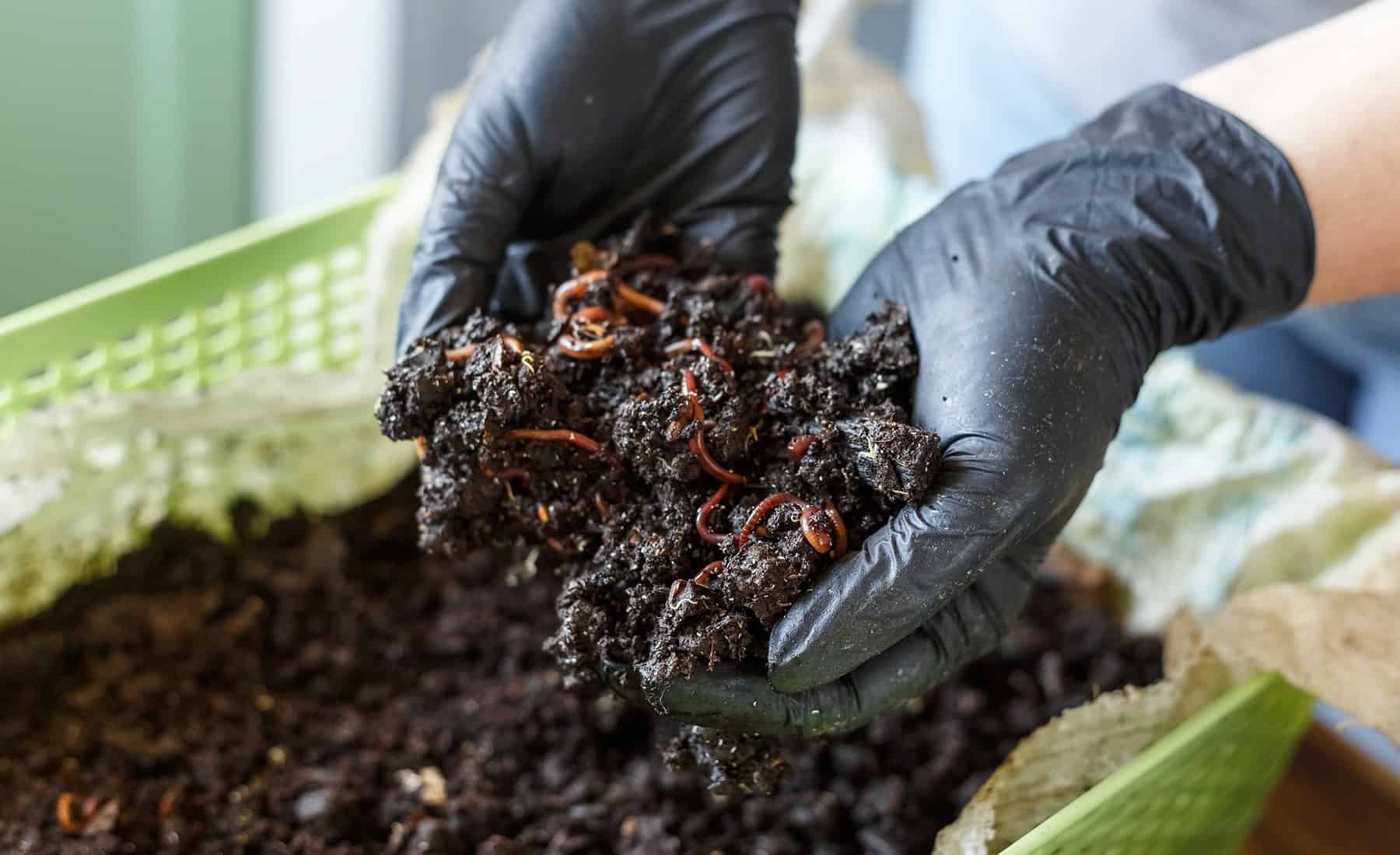
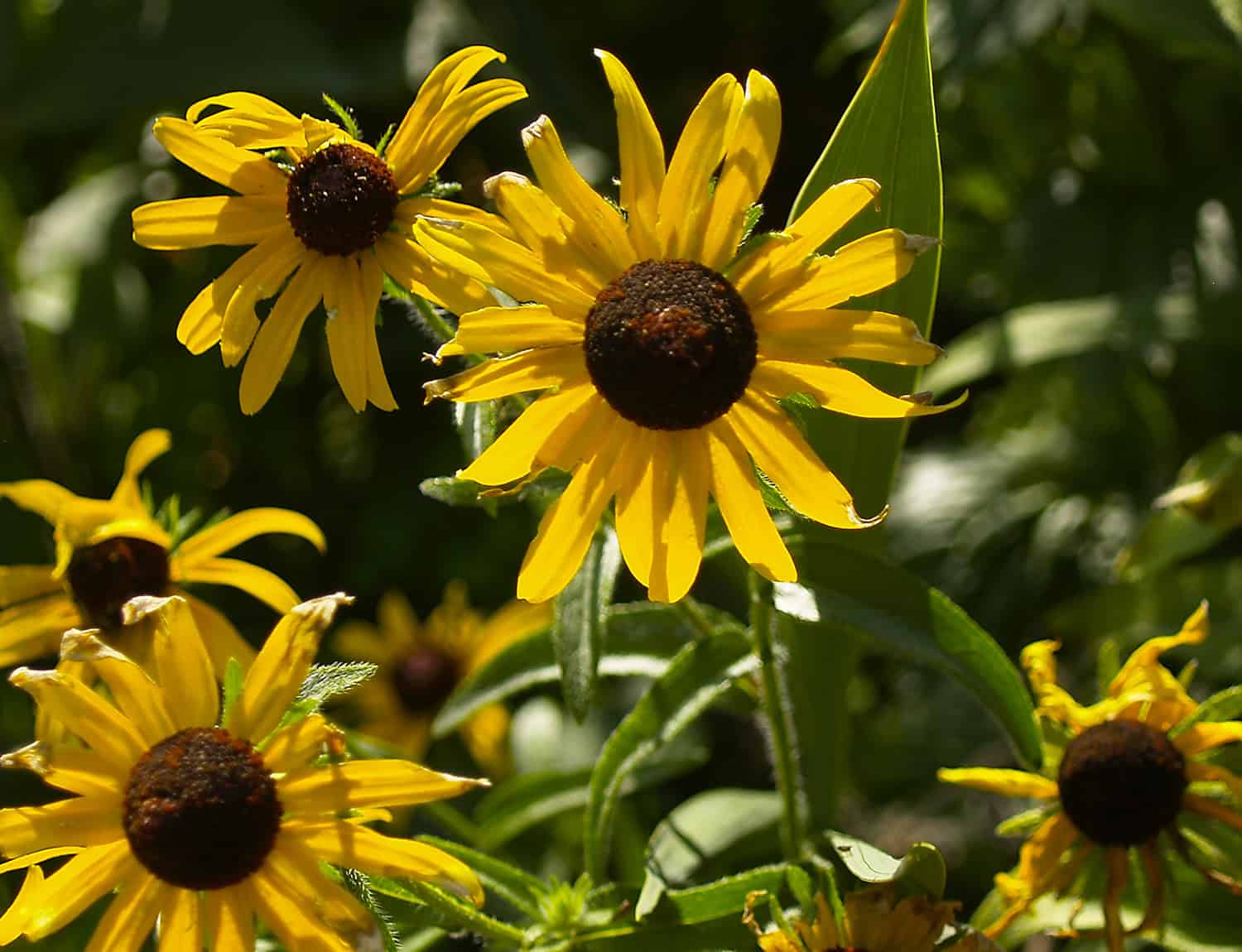
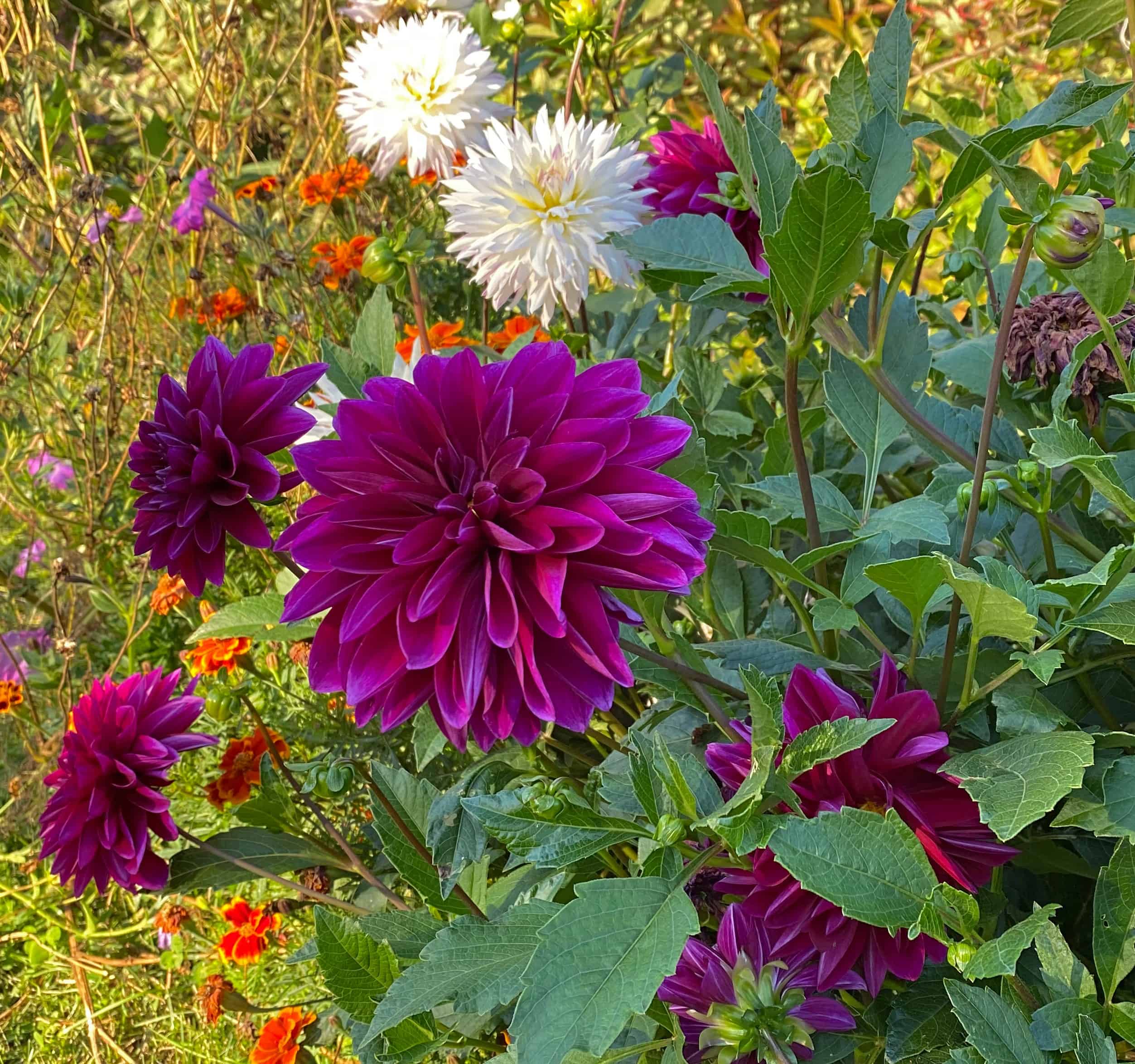
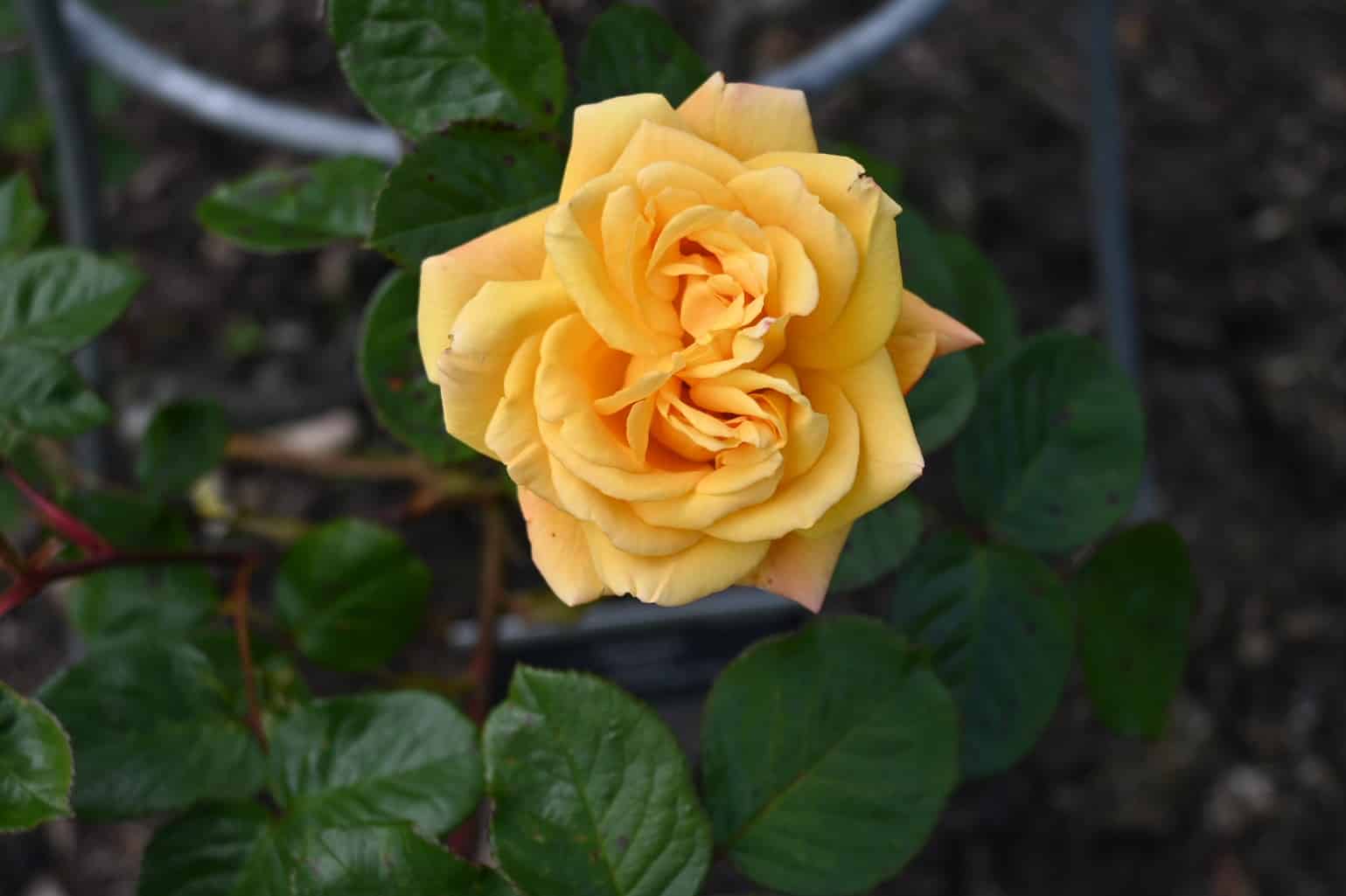
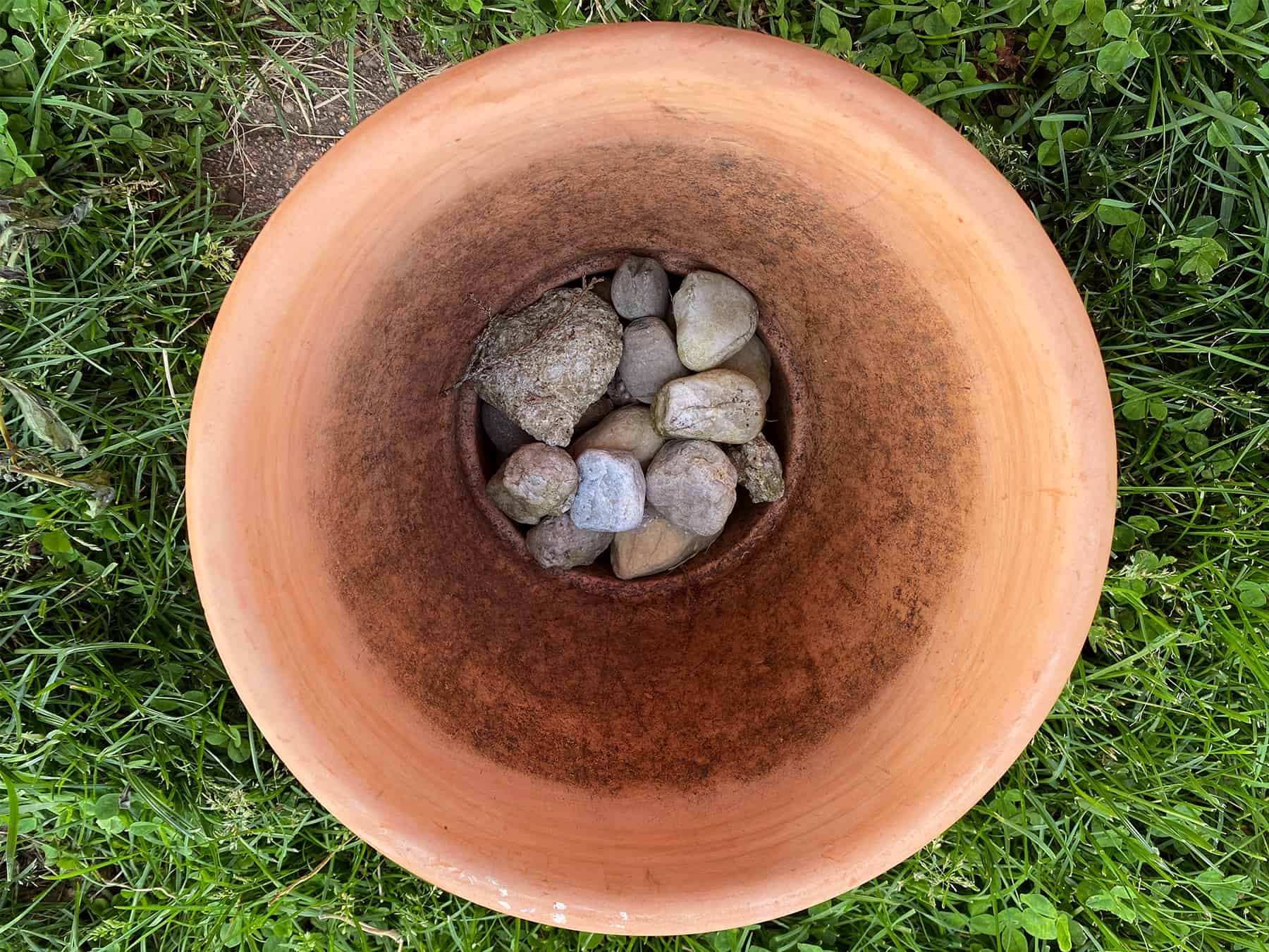

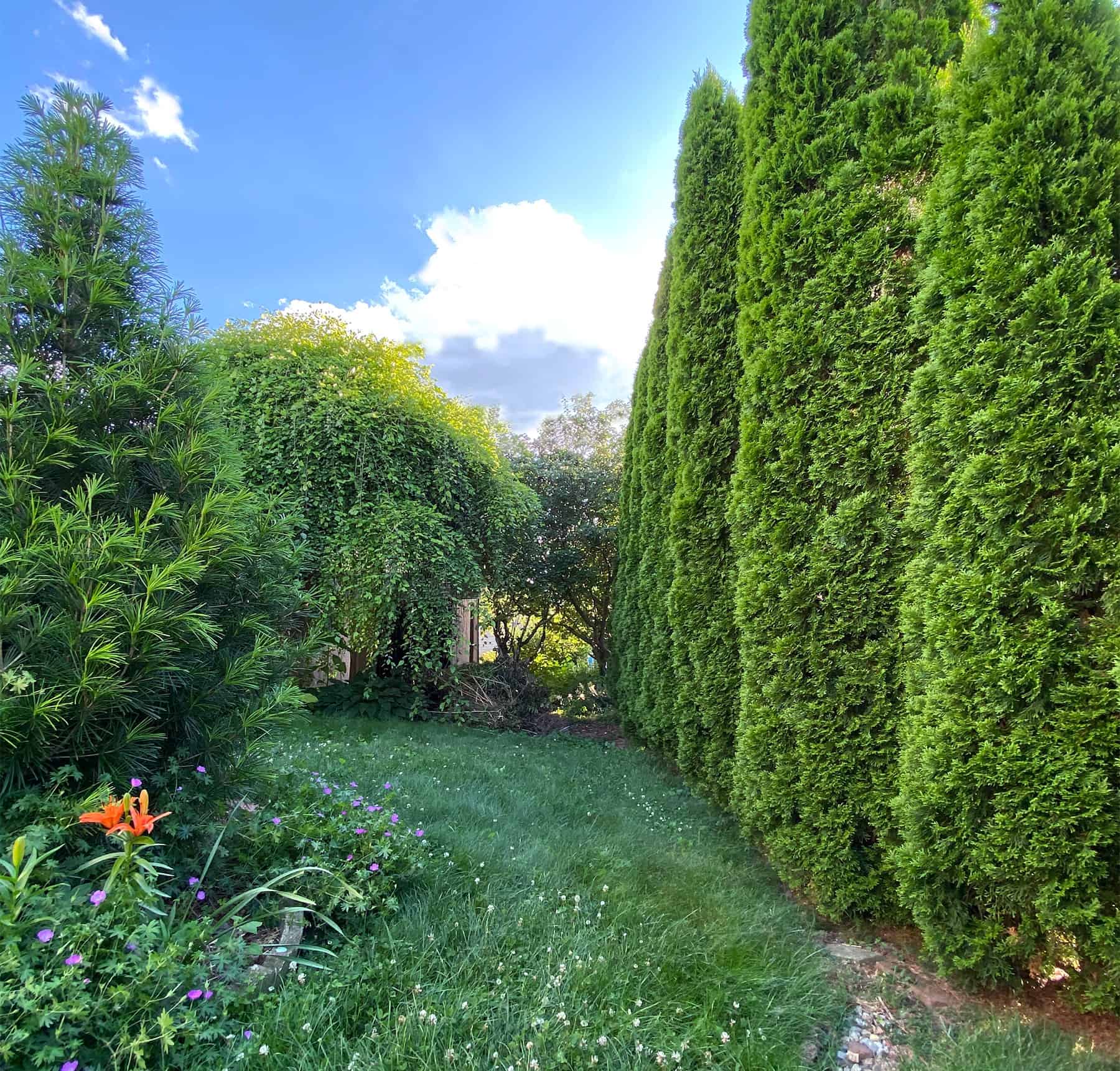
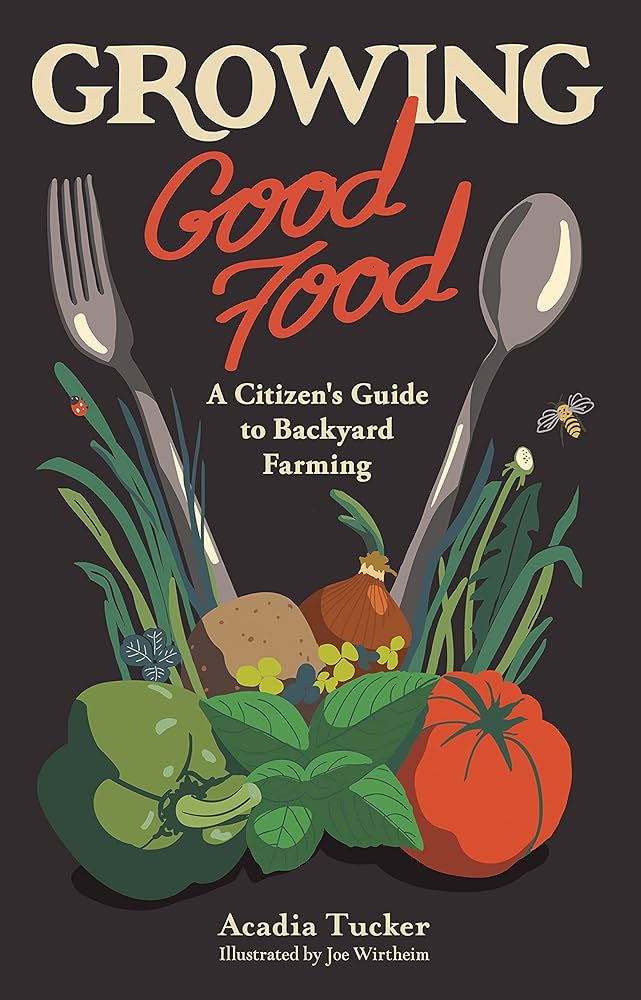
Leave a Reply